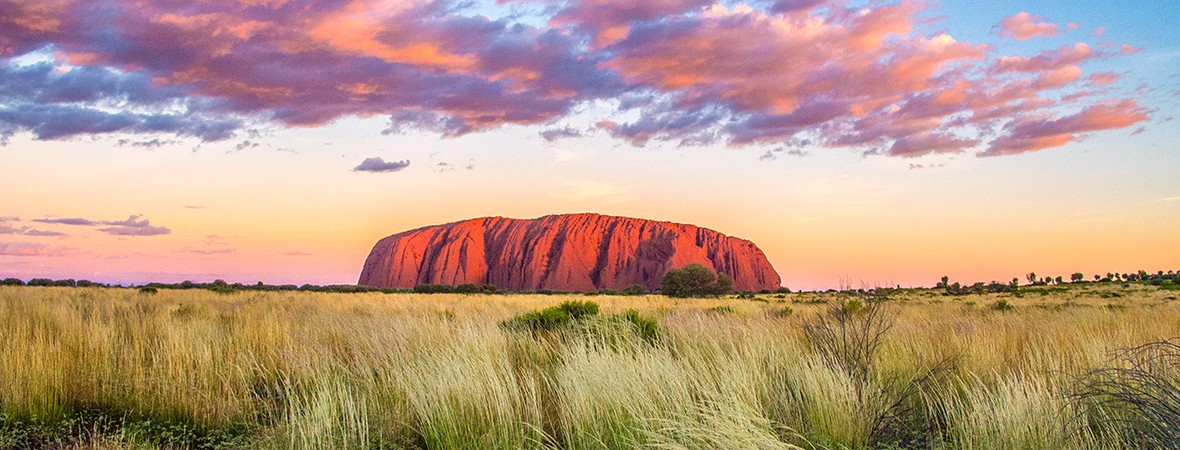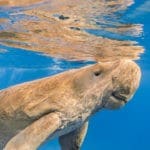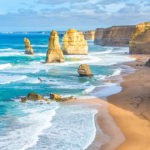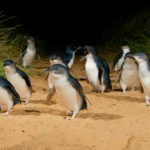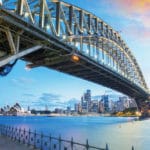From a giant dingo fence to the planet’s largest living structure, we take a look at the most interesting facts about Australia
In a country the size of a continent there are innumerable fascinating facts to be unearthed. Australia’s mix of ancient cultures, wild terrain and cosmopolitan cities means the country has so much to offer the millions of visitors it receives every year.
With red outback sands, tropical aquamarine reefs and the wild Southern Ocean, Australia is a land of truly diverse landscapes.
We spent a month exploring this vast country and learnt many interesting facts about Australia along the way. Here, we share the best of them.
Interesting facts about Australia
1. Aboriginal Australians are the oldest continuous culture on Earth. It is estimated that Australia’s indigenous people left Africa 75,000 years ago and have been in Australia for more than 40,000 years.
(Source: Australian Geographic)
2. Despite this, it wasn’t until a 1967 national referendum that Aboriginal Australians were included in the official census and granted similar status to settlers.
(Source: BBC)
3. In 1770, Captain James Cook charted the east coast of what was then known as Terra Australis in his ship, HMS Endeavour, claiming all of Australia under British possession. The town of Cooktown marks the site where he came ashore.
(Source: BBC)
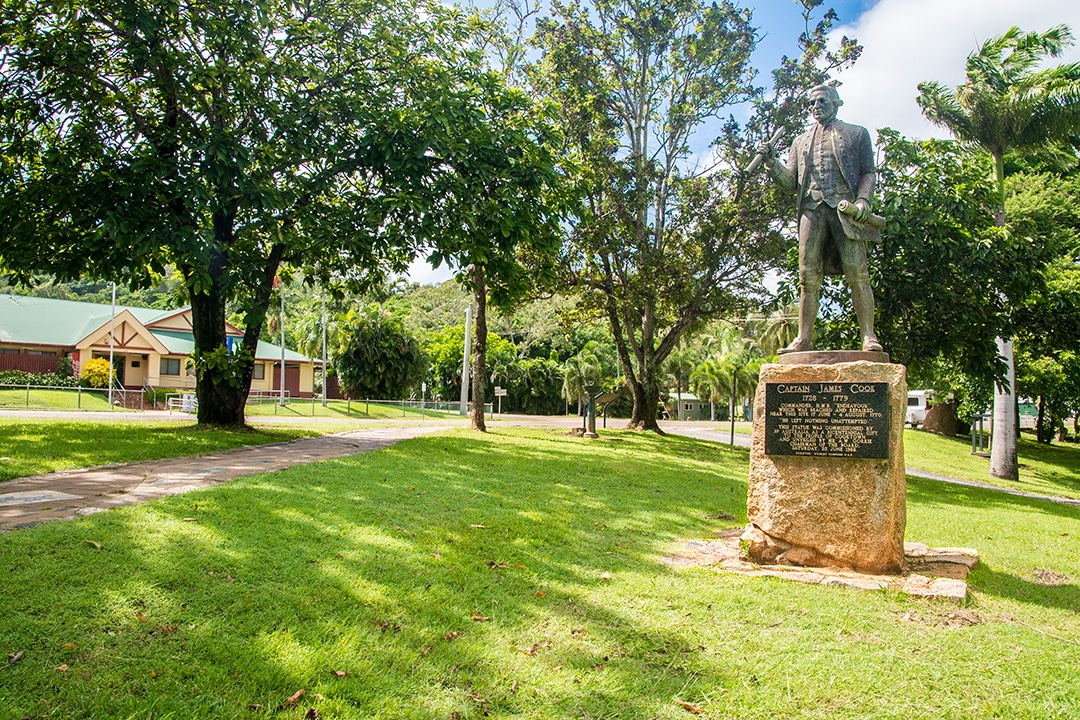
4. Mainland Australia is the world’s largest island but the smallest continent.
(Source: Australian Tourism)
5. At 7,741,220sq km, Australia is the world’s 6th largest country by area (excluding Antarctica), but with only 23 million people it is only the 56th largest by population, making Australia one of the world’s least densely populated countries with only three people per square kilometre.
(Source: CIA World Factbook)
6. Australia is also the lowest, the flattest and (apart from Antarctica) the driest continent. The highest mountain in Australia is Mount Kosciuszko at just 2,228m (7,310ft) high.
(Source: Australian Government)
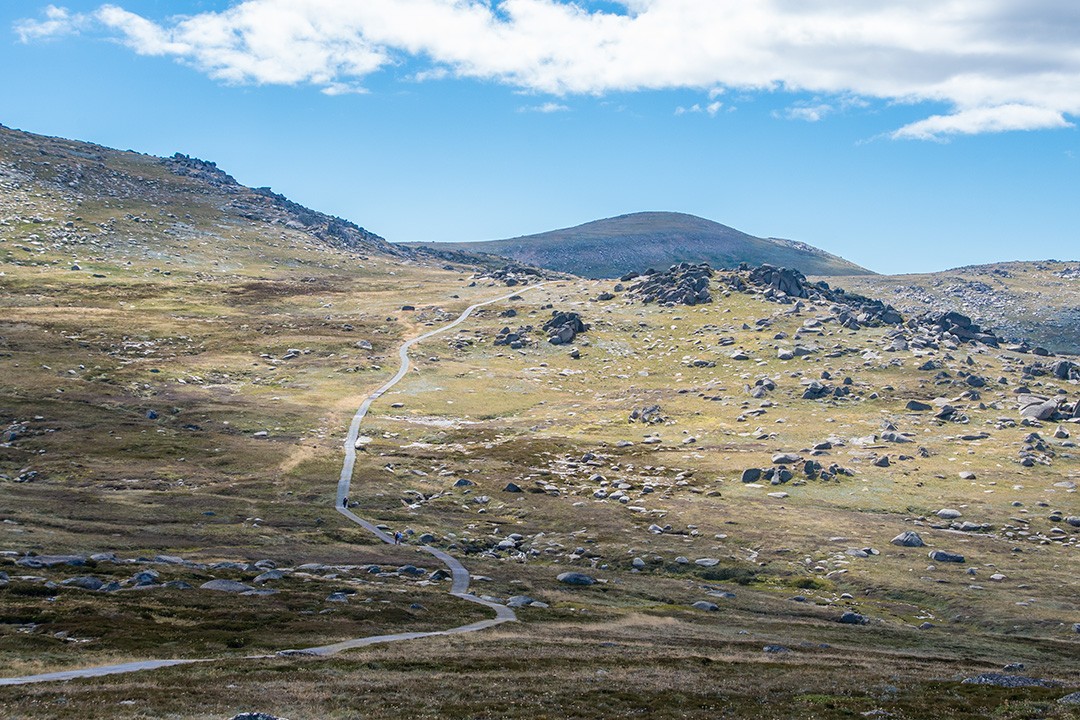
7. As of 2001, more than eight in 10 Australians (85%) live within 50km of the coastline of Australia.
(Source: Australian Bureau of Statistics)
8. The oft-referenced Australian ‘outback’ refers to the country’s vast, remote interior. Essentially, it is any location outside the main urban areas near the coastline. The outback is sparsely populated, but is home to a large variety of animals, plants and natural features.
(Source: Britannica)
9. Rangers at Uluru, the giant sacred monolith in the Northern Territory, regularly receive packages containing pieces of Uluru taken by tourists along with notes of apology. The rocks have come to be known as ‘sorry rocks’. Some senders even believe they have suffered bad luck as a result of removing the rocks and wish to reverse the ‘curse’.
(Source: The Telegraph)
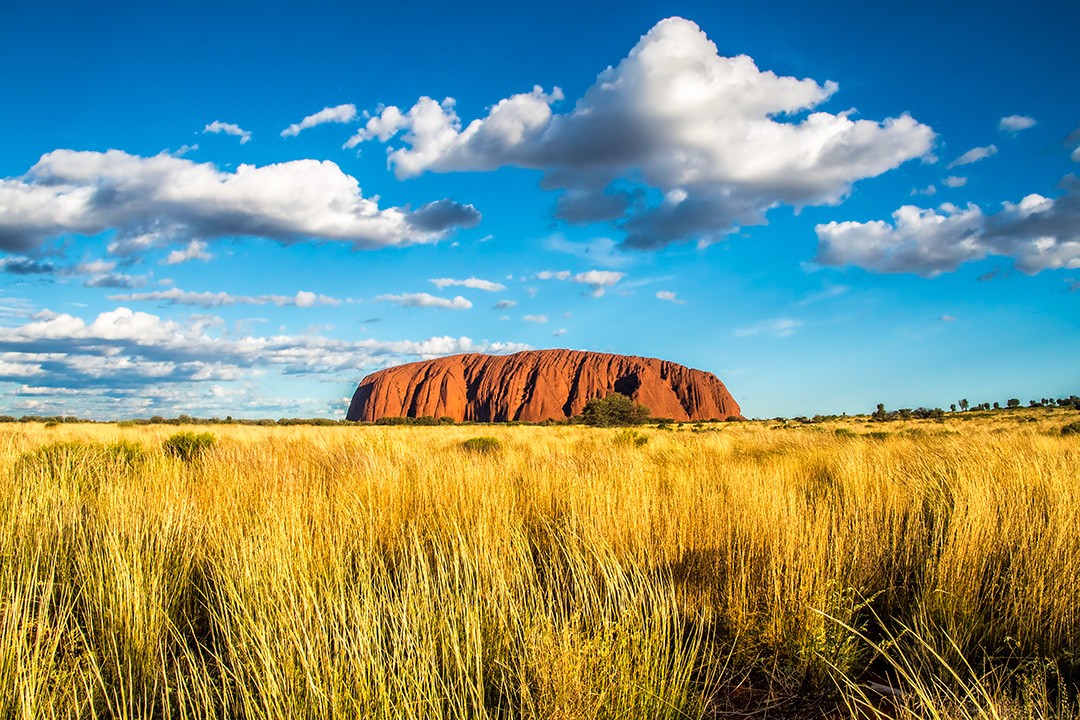
10. At 478km, the Indian Pacific railway line running from Perth to Sydney via Adelaide is the world’s longest straight section of railway track.
(Source: The Guardian)
11. Completed in 1885, the Dingo Fence in Australia is the longest fence in the world. Designed to keep the feral dogs of the Australian outback away from sheep, the Dingo fence is 5,614km long and would take an estimated six months to walk around.
(Source: Condé Nast Traveller)
12. The state of New South Wales was founded as a penal colony in 1788. Over the following 80 years, more than 160,000 convicts were sent to Australia from Britain in lieu of the death penalty. Around 20% of Australians are descendants of convicts.
(Source: BBC)
13. Australia’s Great Barrier Reef is the planet’s largest living structure. It stretches over 2,000km north to south and covers 350,000 sq km in total.
(Source: National Geographic)
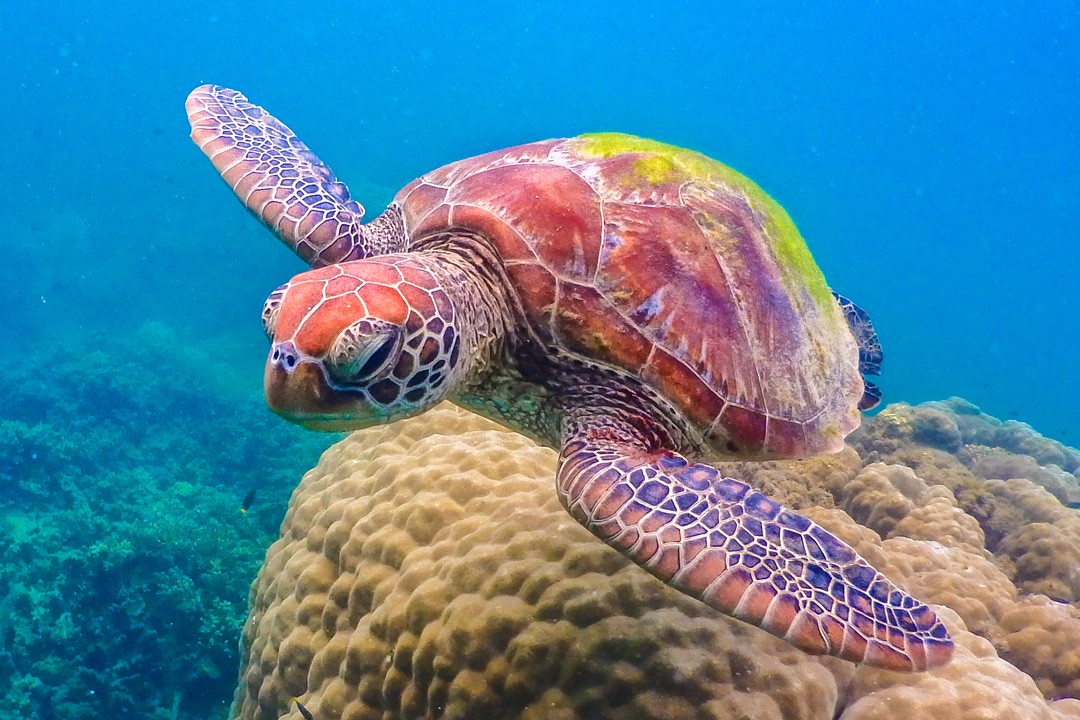
14. The Great Barrier Reef is one of the seven natural wonders of the world. The others are Aurora Borealis, the Harbour of Rio de Janeiro, the Grand Canyon, Mount Everest, Paricutin Volcano and Victoria Falls.
(Source: The Guardian)
15. In 1967, Australia’s Prime Minister, Harold Holt, mysteriously disappeared after going for a swim at Cheviot Beach near Melbourne. His body was never recovered, leading to numerous conspiracy theories including one that claimed he had been taken by a Chinese submarine.
(Source: CNN)
16. According to research conducted by Sydney University’s Coastal Studies Unit, Australia has 10,685 beaches, which occupy around half – 15,000km – of its coastline.
(Source: Australian Government)
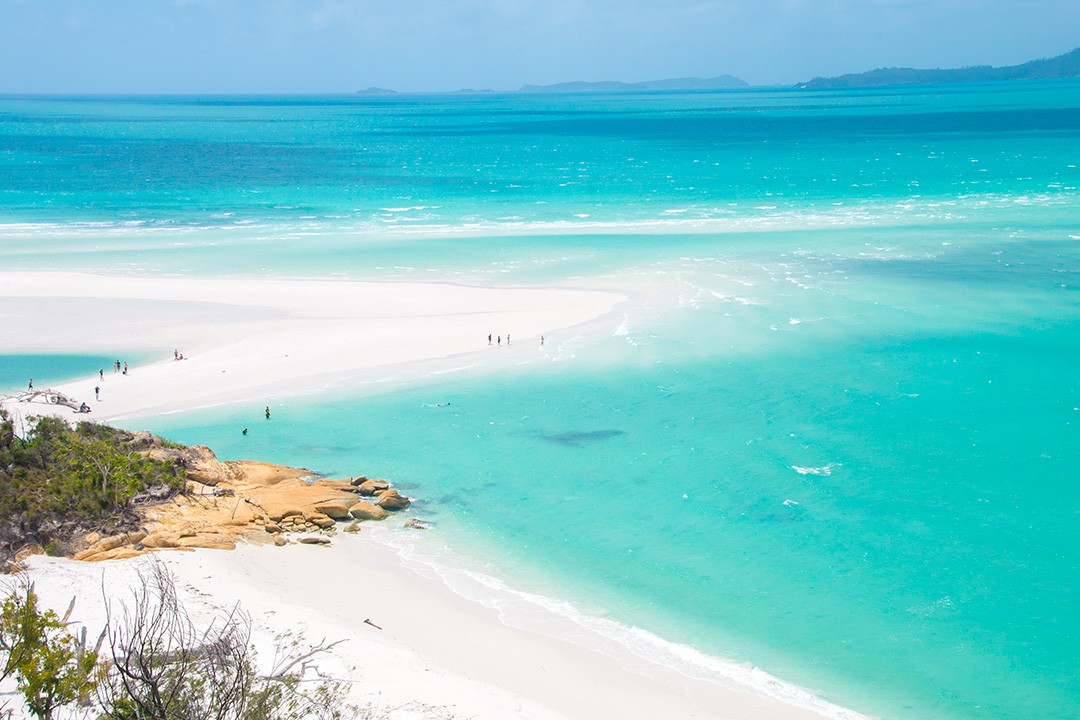
17. Australia has over 1,000 species of reptile, more than 10% of the world’s total and more than any other country. The figure, up from 750 in 1993, continues to rise.
(Source: Australian Geographic)
18. The oldest fossil, thought to be 3.4 billion years old, was found in sandstone at the base of the Strelley Pool rock formation in Western Australia.
(Source: New York Times)
19. Marsupials – mammals that carry their young in a pouch – are almost entirely endemic to Australia. Well-known species include kangaroos, wallabies, wombats, koalas and the Tasmanian devil.
(Source: Britannica)
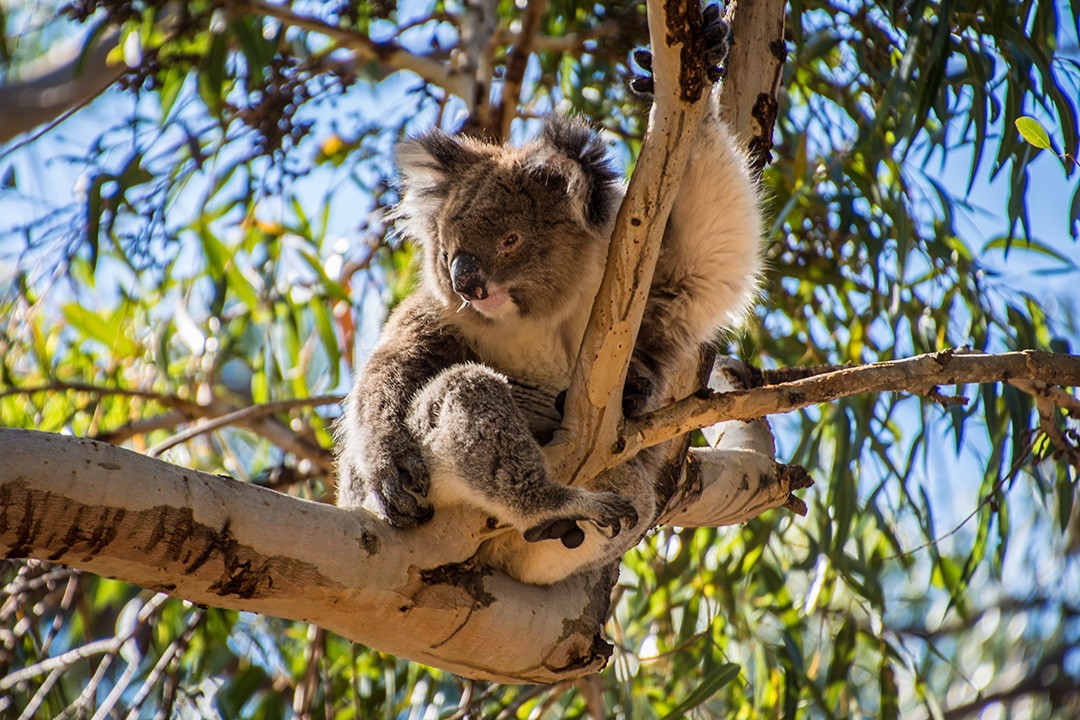
20. Only half of Australia’s population was born in Australia to Australian-born parents. According to the 2016 census, 49% of all Australians were either born overseas or have at least one foreign-born parent.
(Source: The Guardian)
21. Australia is divided into six states and two territories: Western Australia, Victoria, Tasmania, South Australia, Queensland, New South Wales, Australian Capital Territory and Northern Territory.
(Source: Australian Tourism)
22. More than one million feral camels roam the Australian outback. Between 1870 and 1920, as many as 20,000 were imported into Australia from the Arabian Peninsula, India and Afghanistan. By the 1930s, they were no longer required and thousands were released into the wild, where their numbers ballooned.
(Source: BBC)
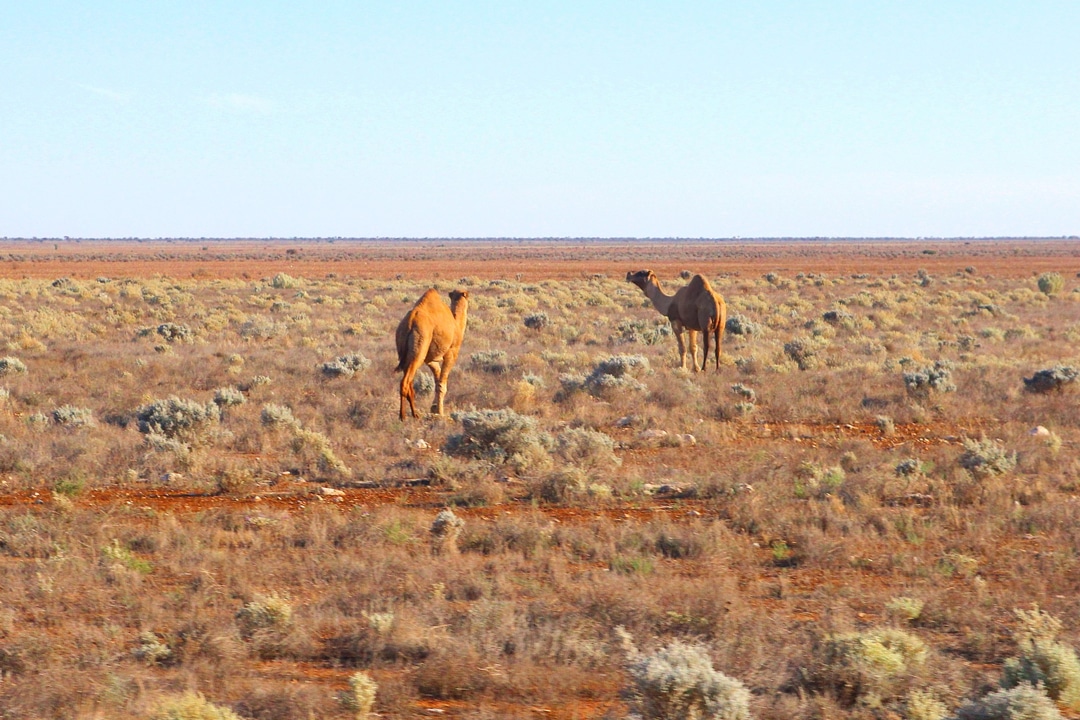
23. Australia is home to some of the world’s most dangerous animals. These include the inland taipan, the world’s most venomous snake; the Sydney funnel-web spider, one of the world’s most dangerous spiders; and the box jellyfish, the most dangerous marine animal known to humans. There are also sharks, crocodiles and giant centipedes to fear!
(Source: Australian Geographic)
24. Australia beamed the first images of the 1969 moon landing to 600 million people around the world. A telescope in Honeysuckle Creek near Canberra had the best quality images from the mission, so were used for the majority of the broadcast.
(Source: The Independent)
Lonely Planet Australia has plenty more interesting facts about Australia as well as being a comprehensive guide to the country.
If you prefer to pass on the planning, we recommend G Adventures and their small group Australia tours.
